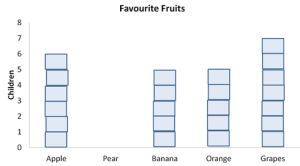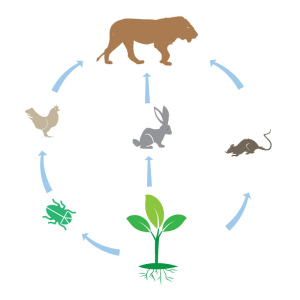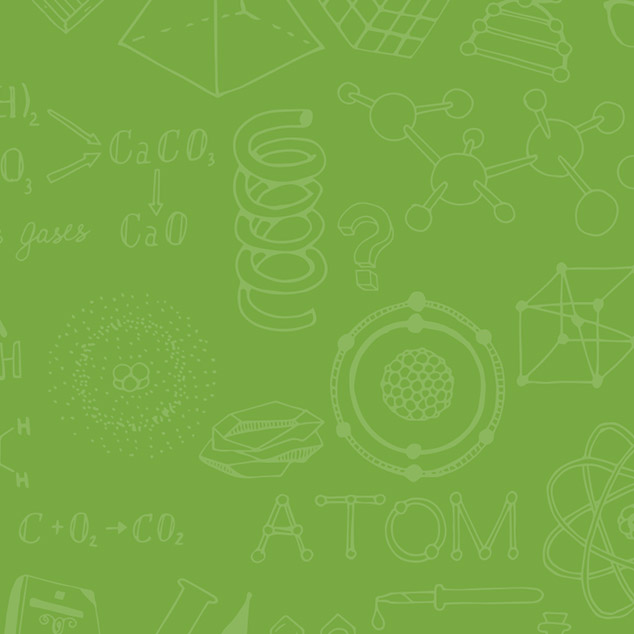In our latest blog series - 'Year Overview' - we help you get familiar with all the key topics your child will learn and the key skills they'll improve in primary and secondary school. Here's a brief overview of Year 2 in English, maths and science with focus areas and main topics.
* Year 2 Overview *
English
Ms Brown - English teacher
As Year 2 progresses most children will be beginning to read fluently on their own. In class they'll be reading a wide range of texts including: poetry, stories and non-fiction texts. Some children may need to repeat the phonics test but again this is nothing to worry about!
 Their writing will now be coming on in leaps and bounds and the children will be starting to join the letters. They’ll be required to write in lots of different forms including poetry, stories and various non-fiction texts. There will be more of an emphasis on correct spelling and the children will be encouraged to check their own work and self-correct. Just as their handwriting is improving so is their application of punctuation and grammar; they are required to use a range of sentence types and an increasingly complex variety of punctuation. In May of Year 2, the children will sit National tests in reading and grammar, punctuation and spelling whilst their writing will be assessed by their teacher. You will receive their results with their school report. They are now ready for Key Stage Two!
Their writing will now be coming on in leaps and bounds and the children will be starting to join the letters. They’ll be required to write in lots of different forms including poetry, stories and various non-fiction texts. There will be more of an emphasis on correct spelling and the children will be encouraged to check their own work and self-correct. Just as their handwriting is improving so is their application of punctuation and grammar; they are required to use a range of sentence types and an increasingly complex variety of punctuation. In May of Year 2, the children will sit National tests in reading and grammar, punctuation and spelling whilst their writing will be assessed by their teacher. You will receive their results with their school report. They are now ready for Key Stage Two!
Maths
Mr Lamberth - Maths teacher
 The concept of place value is a key to success in Year 2 where children need to understand the value of each individual digit within a two digit number. This understanding should also help pupils to read and write numbers in words, allowing them to add two two-digit numbers together, initially using objects to support them and subsequently in their heads. The concepts of odd and even are increasingly significant and children will discover that adding and multiplying two numbers can be done in any order but for subtraction and division, the order is all important. They'll develop their understanding of fractions, encountering and and should start to see that =. Children will continue measuring and comparing everything including time and money using the symbols < and >. They will start to analyse and manipulate 2D and 3D shapes, spotting symmetry and counting edges, corners and faces. Finally, children will need to interpret and draw tally charts or pictograms to represent data they’ve collected.
The concept of place value is a key to success in Year 2 where children need to understand the value of each individual digit within a two digit number. This understanding should also help pupils to read and write numbers in words, allowing them to add two two-digit numbers together, initially using objects to support them and subsequently in their heads. The concepts of odd and even are increasingly significant and children will discover that adding and multiplying two numbers can be done in any order but for subtraction and division, the order is all important. They'll develop their understanding of fractions, encountering and and should start to see that =. Children will continue measuring and comparing everything including time and money using the symbols < and >. They will start to analyse and manipulate 2D and 3D shapes, spotting symmetry and counting edges, corners and faces. Finally, children will need to interpret and draw tally charts or pictograms to represent data they’ve collected.
Have you tried our Maths Assessment yet? Join EdPlace’s Maths Challenge: work through the questions, complete the recommended online worksheets and earn badges! Have fun!
Science
Ms Latham - Science teacher
 In Year 2 children will learn to identify and classify, utilise their observations and ideas and gather and record data to help answer questions. In ‘living things and their habitats’, children will explore and compare the differences between things that are living, dead, or have never been alive. They'll identify that most things live in suitable habitats and describe how diverse habitats provide for the needs of different animals and plants. Children will identify and name a variety of plants and animals in their habitats, or micro-habitats and describe how animals obtain food from plants and other animals, utilising a simple food chain.
In Year 2 children will learn to identify and classify, utilise their observations and ideas and gather and record data to help answer questions. In ‘living things and their habitats’, children will explore and compare the differences between things that are living, dead, or have never been alive. They'll identify that most things live in suitable habitats and describe how diverse habitats provide for the needs of different animals and plants. Children will identify and name a variety of plants and animals in their habitats, or micro-habitats and describe how animals obtain food from plants and other animals, utilising a simple food chain.
In the ‘plants’ topic children will describe how seeds and bulbs grow into mature plants and discover how plants need water, light and a suitable temperature to grow and stay healthy. In ‘animals, including humans’ children will learn how animals and humans, have offspring which grow into adults, describe the basic needs of animals (water, food and air) and understand the importance of exercise, eating healthily, and good hygiene for humans. In ‘uses of everyday materials’ children will identify and compare the suitability of a variety of everyday materials and find out how the shapes of solid objects made from some materials can be changed by squashing, bending, twisting and stretching.



.png)






